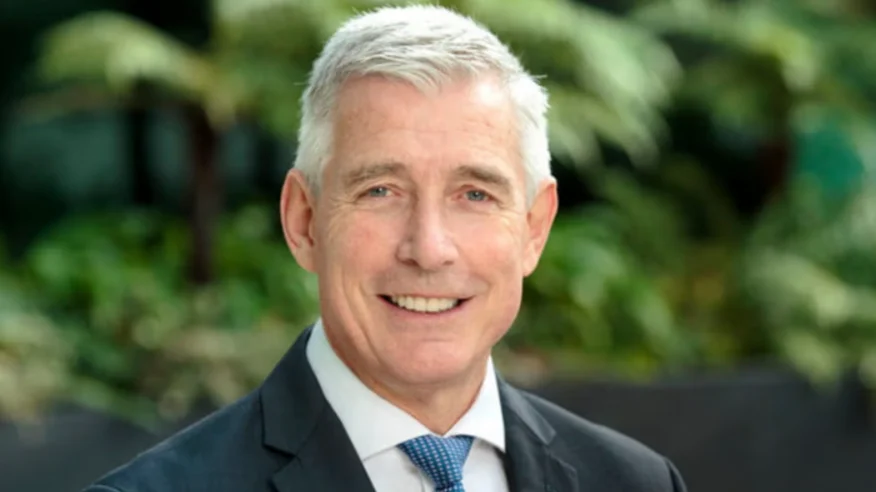The B-2 Spirit, a key component of the United States' stealth bomber fleet, owes much of its radar evasion capabilities to its four General Electric F118-GE-100 non-afterburning turbofan engines. These engines were developed from the F110 engines used in F-16 and F-15 fighter aircraft but have been adapted for the B-2's stealth requirements.
The U-2S reconnaissance aircraft also utilizes these reliable engines. While details about the B-2 program remain classified, it is known that these engines play a significant role in the aircraft's performance.
An iconic symbol of American air power, the B-2 originated from a need during the 1970s to evade Soviet radar systems. The Advanced Technology Bomber Program led to Northrop Corporation being awarded a contract in 1979 to develop this next-generation bomber. After years of development, the B-2 was publicly revealed in 1988 as a strategic bomber with advanced radar-evasion capabilities.
 Alerts Sign-up
Alerts Sign-up





































